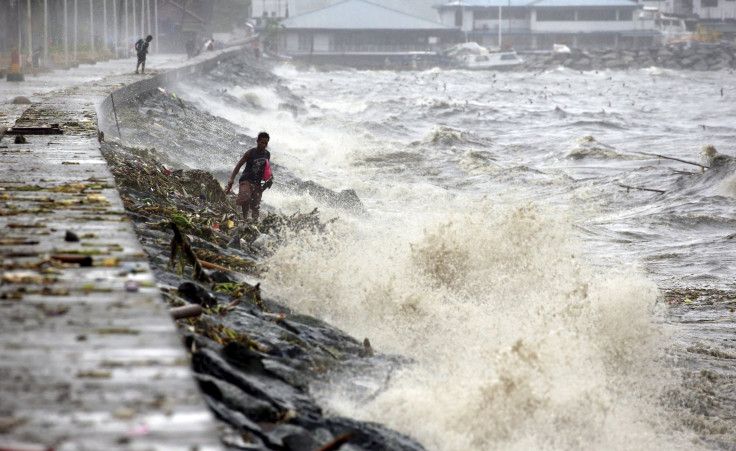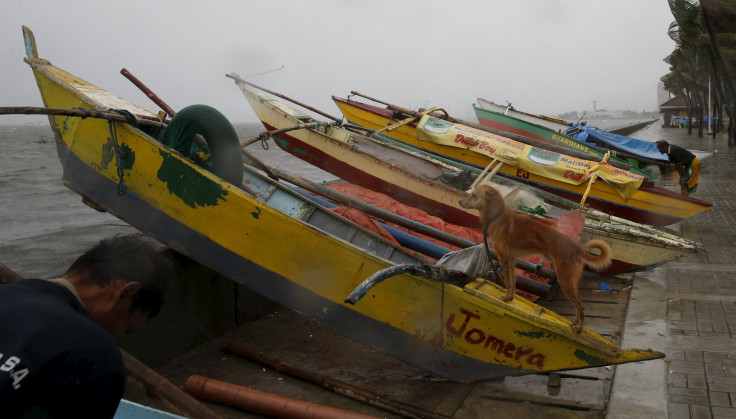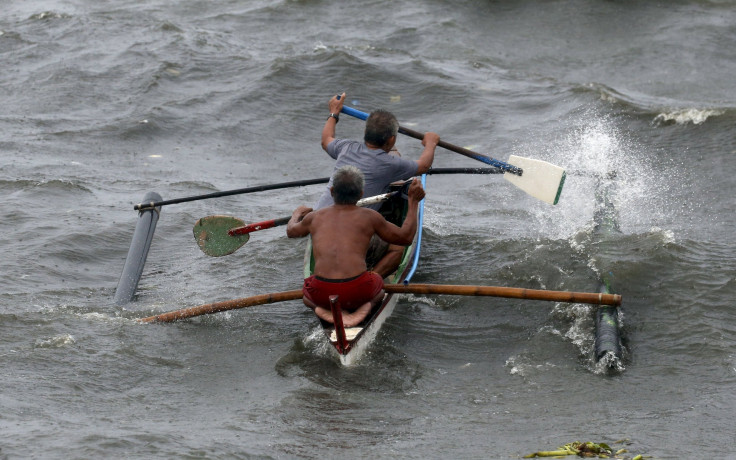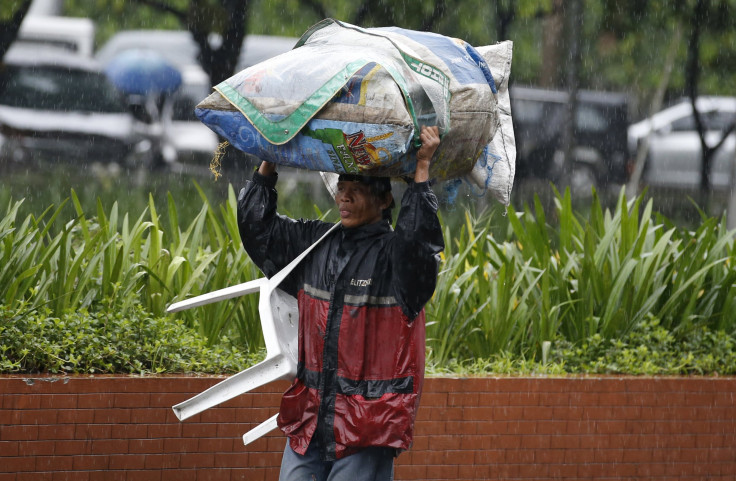Typhoon Koppu Hits Philippines, Expected To Cause Destruction For Days

UPDATE: 4 a.m. EDT -- Some areas of northern Philippines are flooded half a day after Typhoon Koppu made landfall, the country's weather agency said. A few more areas may flood as high water levels force authorities to open three dams.
As of 4 p.m. local time, the typhoon's eye was over Santa Fe in Nueva Vizcaya province, more than 100 miles north of Manila. The rains have flooded some areas, while other areas may flood when high water in at least three dams force authorities to release water, the weather agency said.
Some areas have no power, either because of downed lines or because electricity was cut for safety reasons, ABS-CBN reported. Restoration has begun in some places.
Original story:
MANILA, Philippines -- Typhoon Koppu, the strongest cyclone to hit the main Philippine island of Luzon in five years, made landfall at around 1 a.m. local time (1 p.m. EDT), destroying homes, other structures and crops. Nearly 10,000 families have evacuated their homes but there are no casualty reports yet, the country's chief disaster official said.
"Initially, we are getting many houses were destroyed, power lines toppled and trees blocking major roads," said Alex Pama, head of the National Disaster Risk Reduction and Management Council, Reuters reported. It usually takes days before casualty reports come in from remote areas, or areas where power and communications have been cut.

Koppu, known as Lando in the Philippines, was momentarily upgraded to a supertyphoon. As of 10 a.m. local time Sunday, it was back to a typhoon, with 150 kilometer per hour winds (90 miles per hour), moving at 5 kilometers per hour, according to the Philippine weather agency. Its eye was over Pantabangan, Nueva Ecija, more than 100 miles north of Manila.
It's Koppu's slow pace, as much as its winds, which could result in much higher destruction and casualties: the typhoon is expected to bear down over northern Luzon until midweek, the agency said.

Rice and corn crops "may suffer heavy losses" or "may be adversely affected" in provinces that are big suppliers of rice, the Philippine staple, the agency said. That could revive low local inflation or boost world prices. The Philippines is one of the world's biggest importers of the grain. Many coconut and banana trees, and even large trees are down. The winds are so strong that trees fell in areas as far as Manila, ABS-CBN News reported.
Most houses made of straw, which are occupied by the poorest farmers, would be destroyed or lose their roofs, the agency said. Old or medium-strength structures, including schoolhouses, could also lose their roofs. ABS-CBN News reported that some local governments have suspended Monday classes for safety reasons or because schools are used as evacuation centers.

The Philippines is hit by as many as 20 typhoons each year -- with two of the biggest ones being Ketsana in 2009 and Haiyan in 2013 -- prompting the national and local governments to enforce early evacuation more strictly, and civilians to comply, with the aim of reducing casualties.
© Copyright IBTimes 2024. All rights reserved.




















